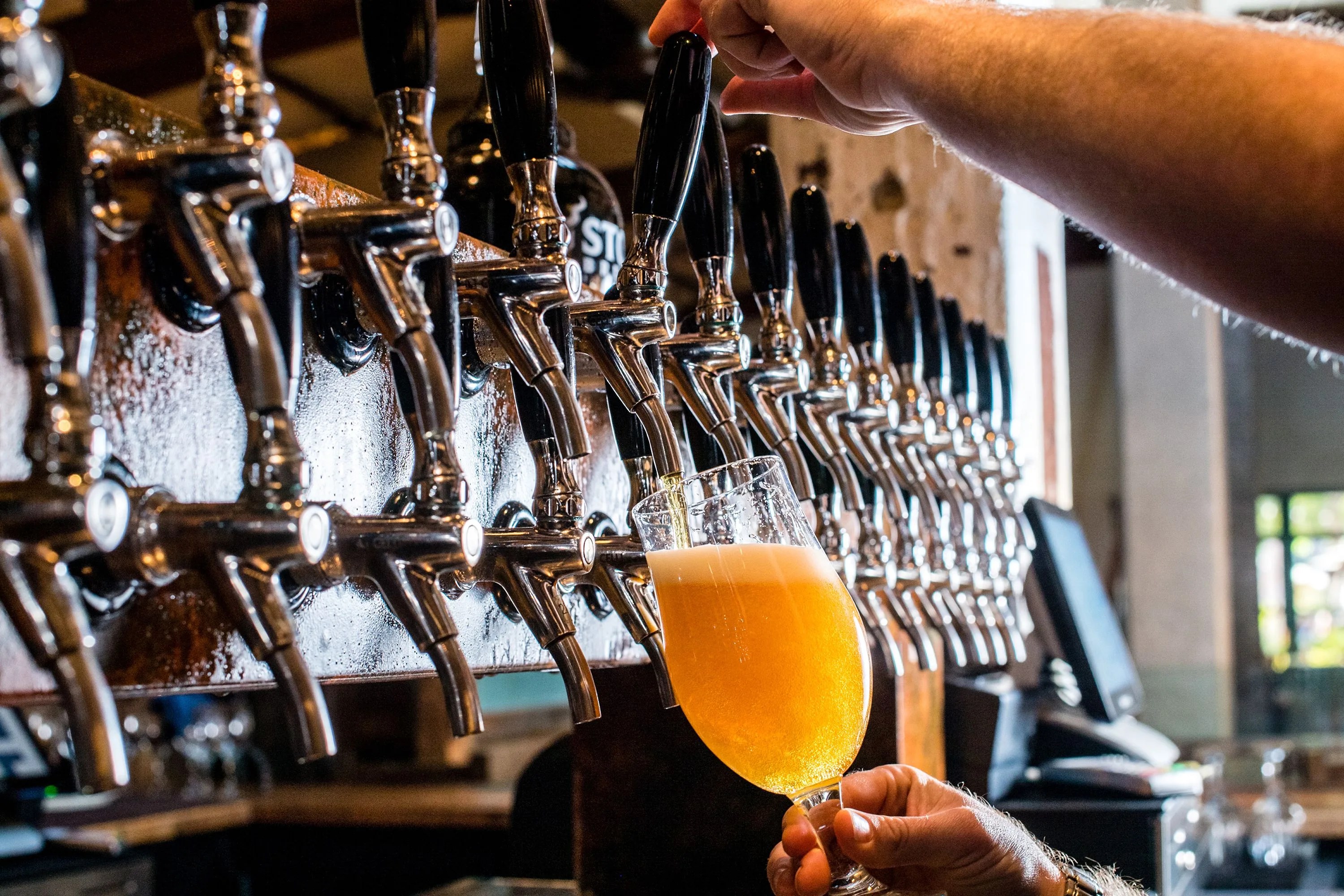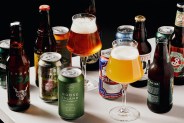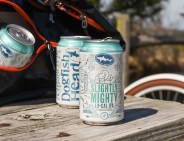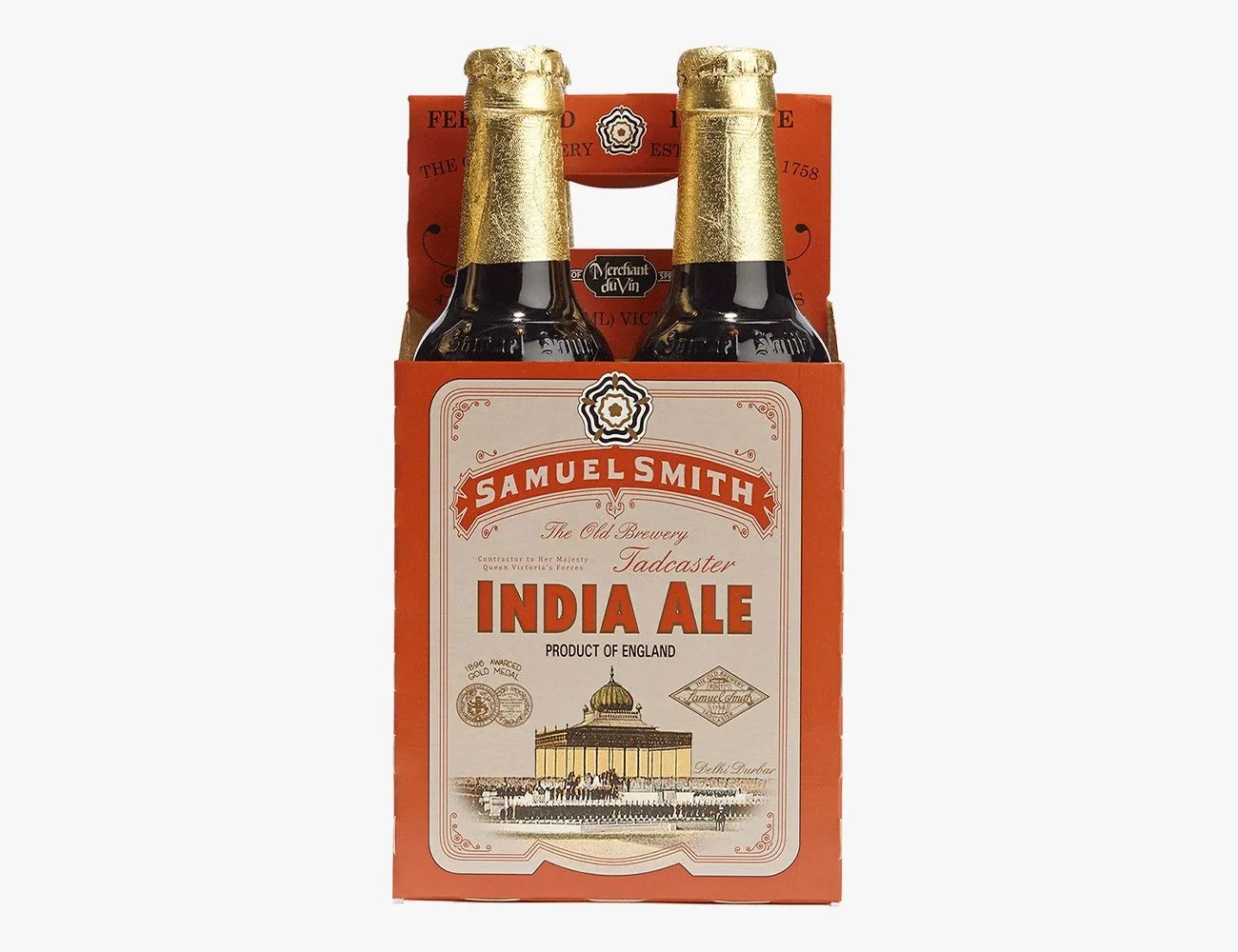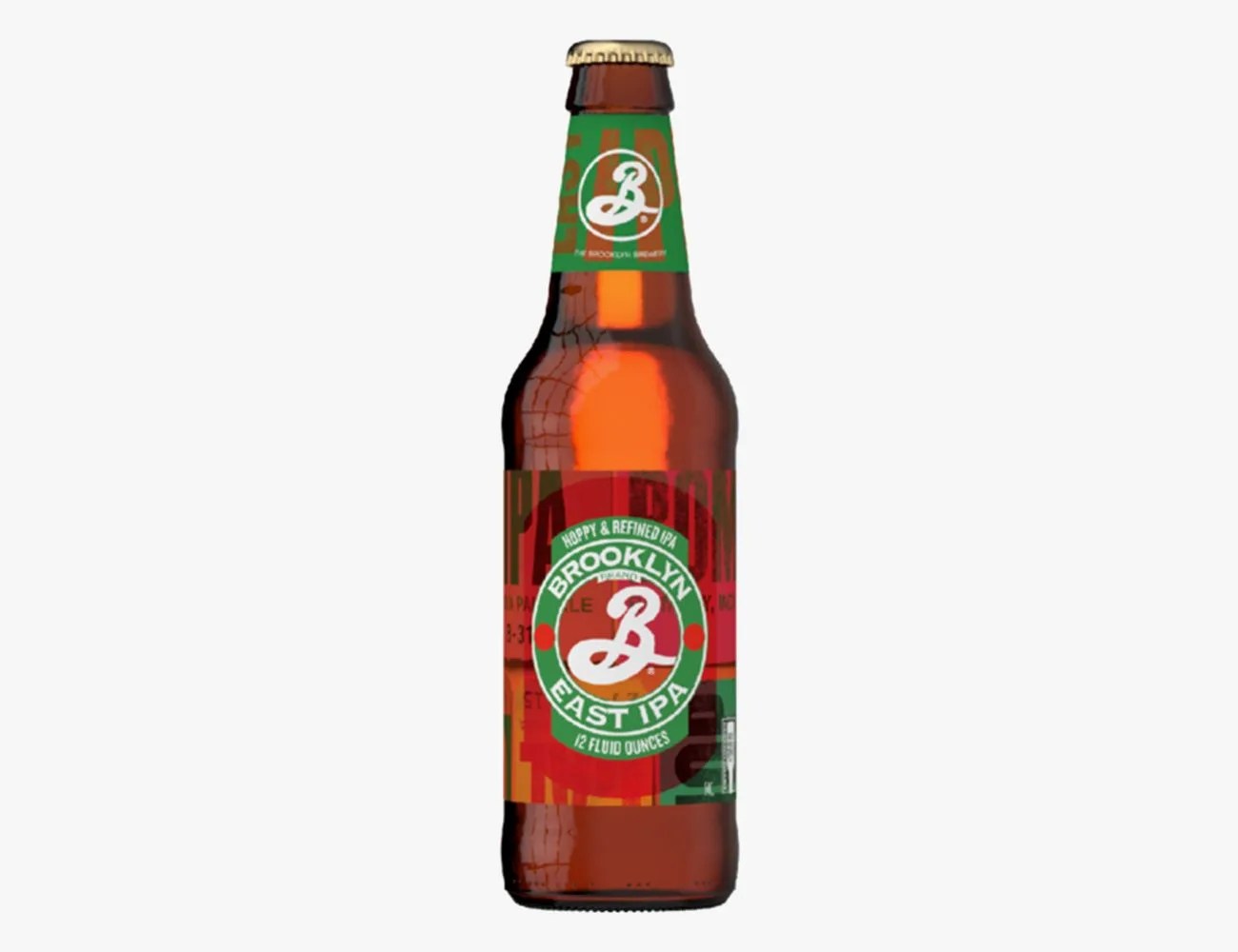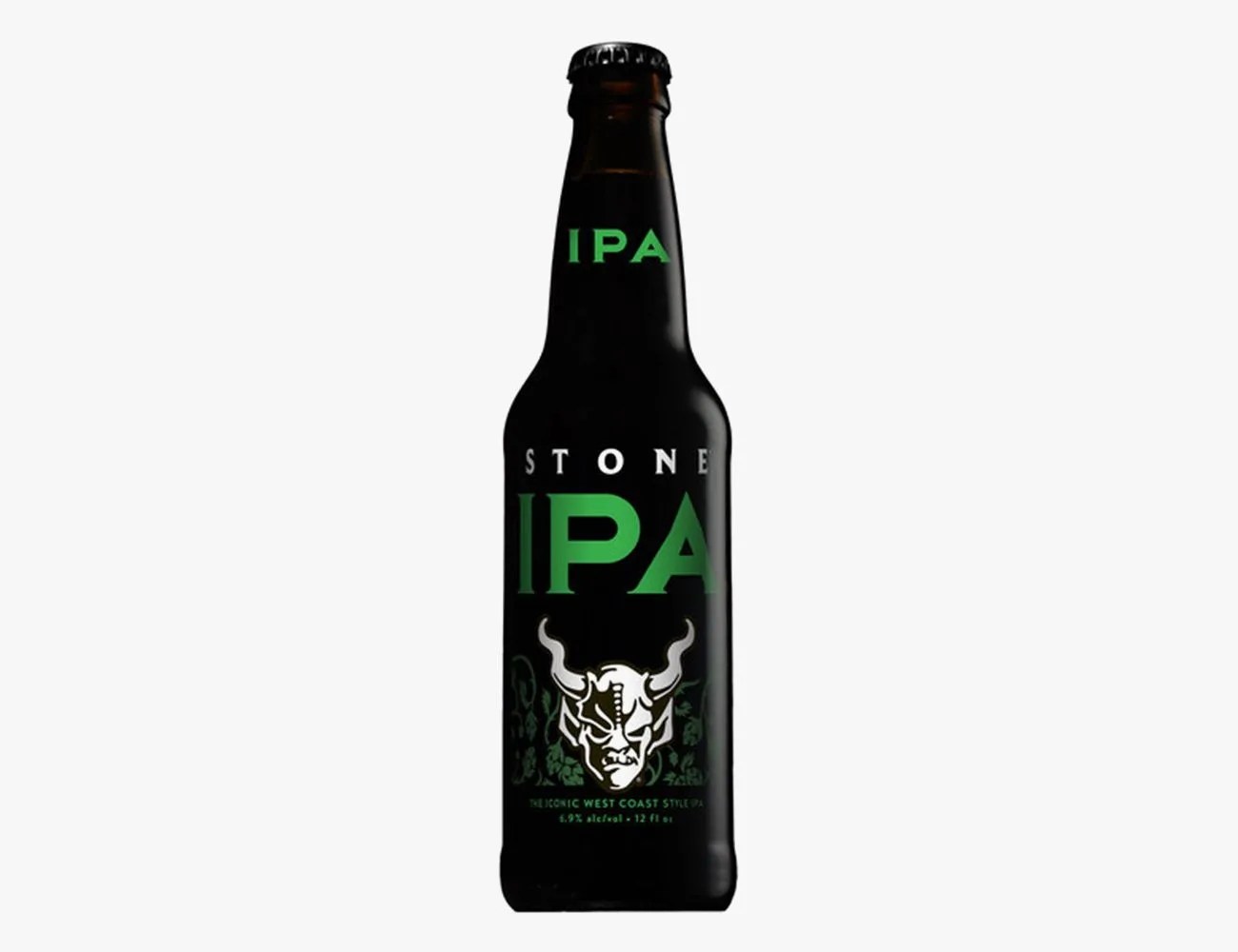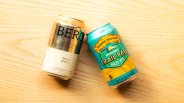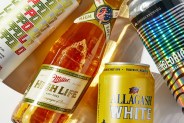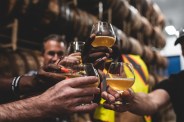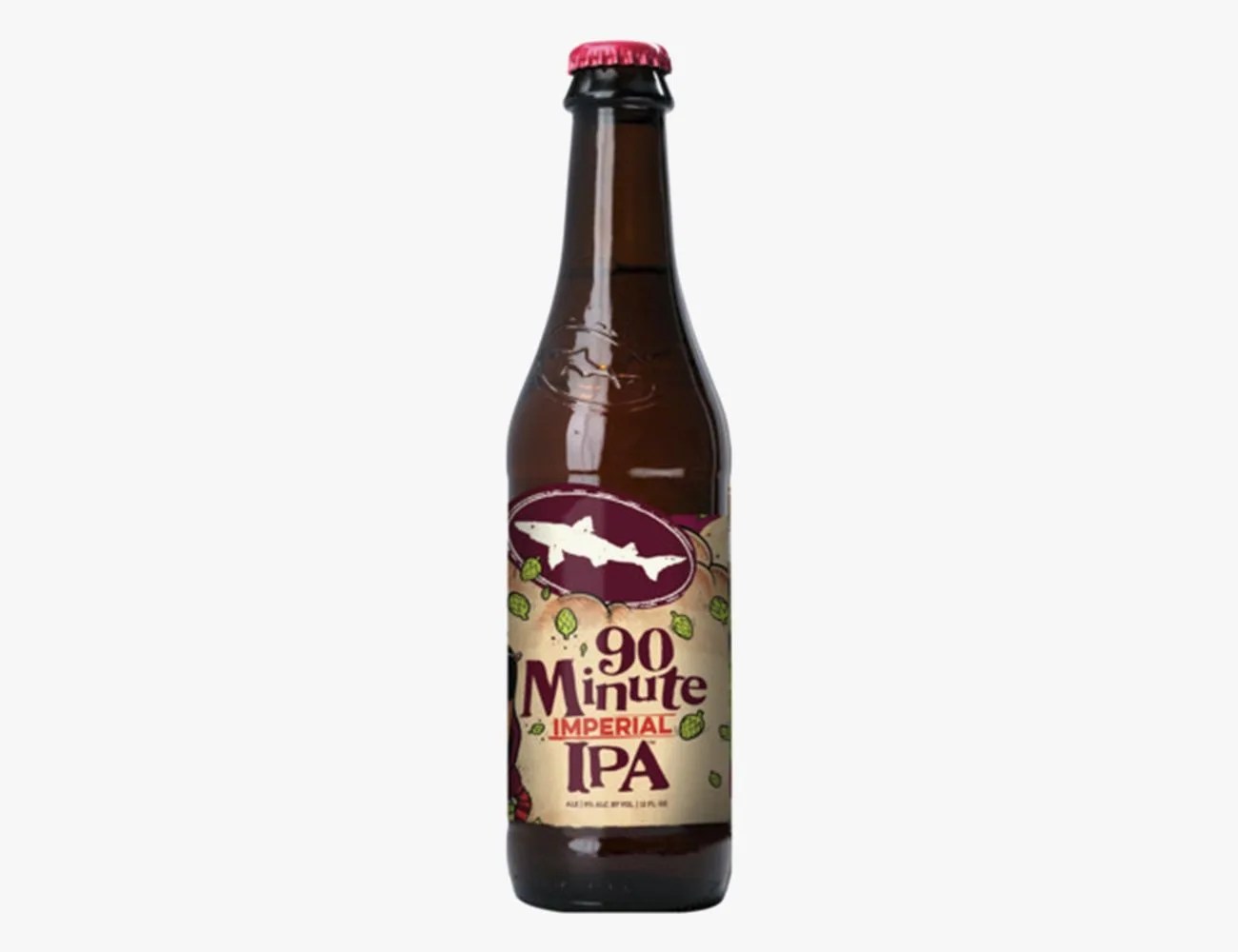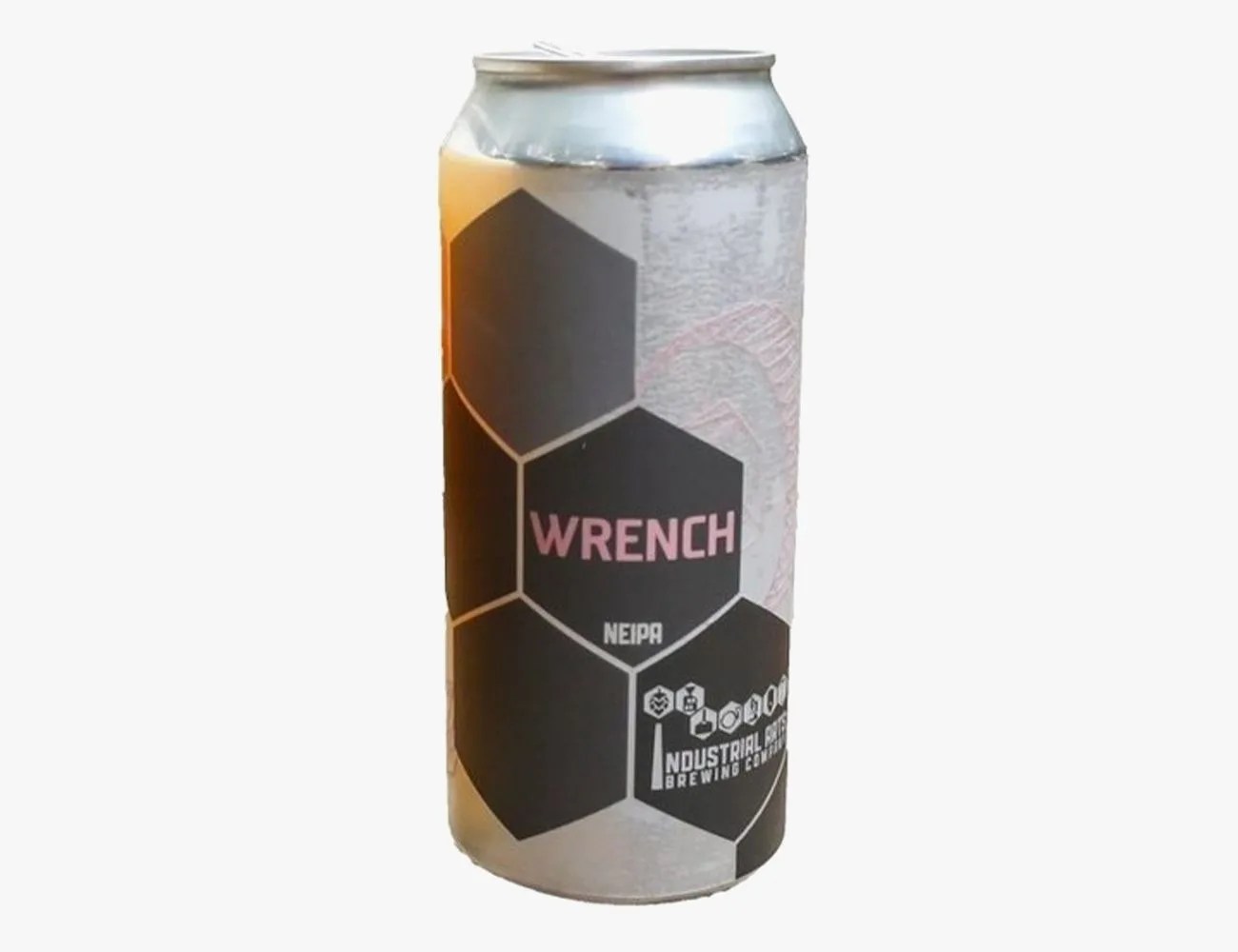The following is an excerpt from Joshua M. Bernstein‘s 10th Anniversary Edition of The Complete Beer Course, which is available now.
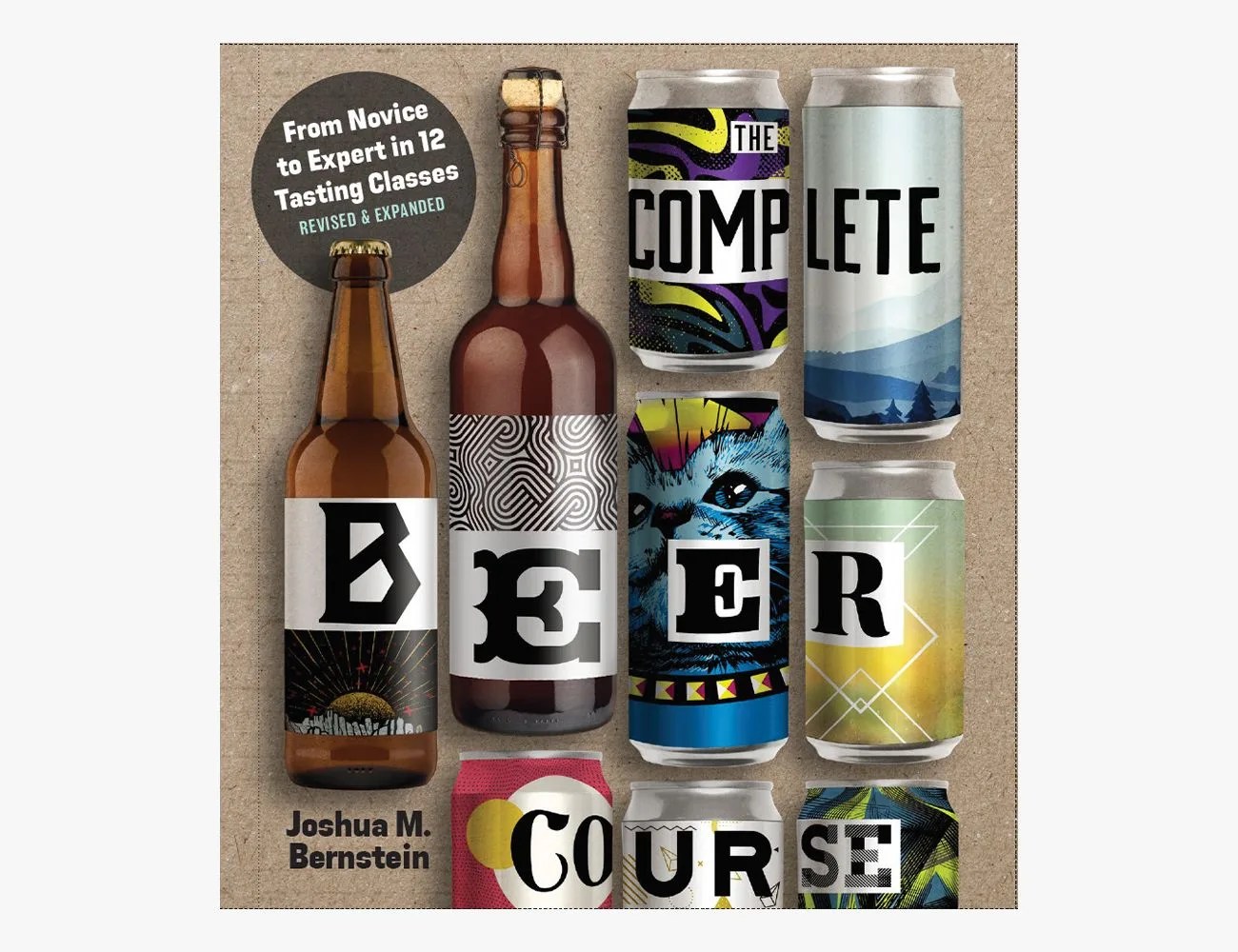 Amazon
AmazonThe Complete Beer Course: From Novice to Expert in Twelve Tasting Classes
-
$35.00 (35% off)
When I first started drinking craft beer, India pale ales exerted a gravitational pull that sucked me into their bitter orbit — their sweet and bitter smack matched by aromas of citrus, tropical fruits or pine resin.
The early 2010s marked the fragrant India pale ale’s rise as America’s favorite beer style. Though it originated in England, stateside brewers have forever altered the formula, turning down the malty caramel notes and cranking the hops to 11. The modern American IPA became a gateway craft beer, recalibrating palates accustomed to light lagers.
In recent years, breweries have made IPAs more inclusive and broadly appealing by dampening bitterness and amplifying flavors and aromas of citrus and tropical fruit, using oats and wheat to make IPAs as opaque as orange juice — and sometimes just as fruity. The latest craze might be IPAs with haze, but they’re not the final word on the style. Here’s the lowdown on these hopped-up brews.
LISTEN TO OUR PODCAST & LEARN MORE ABOUT BEER
